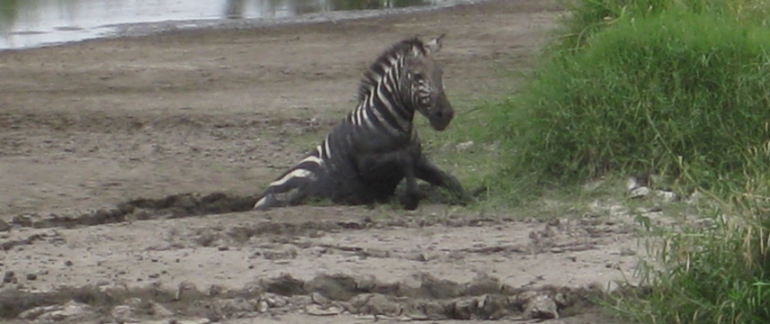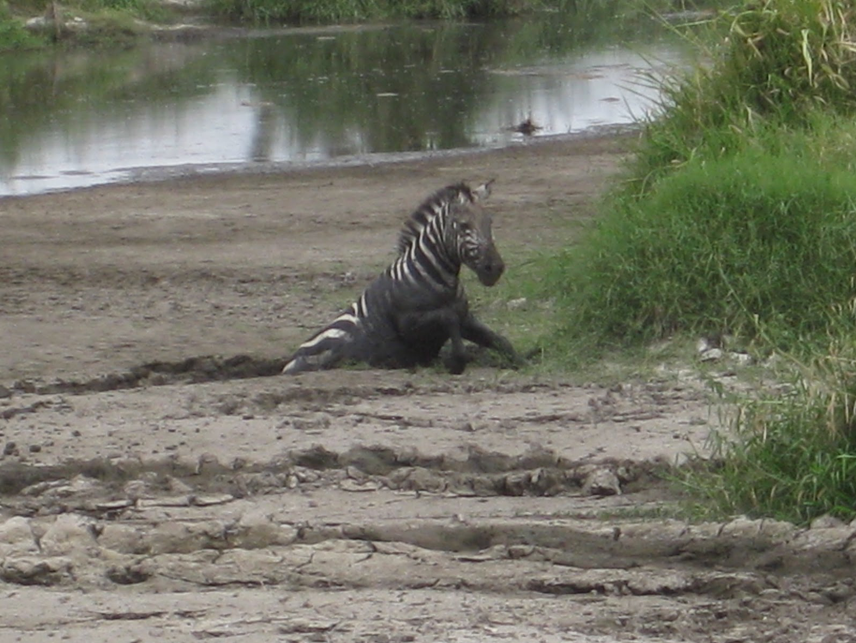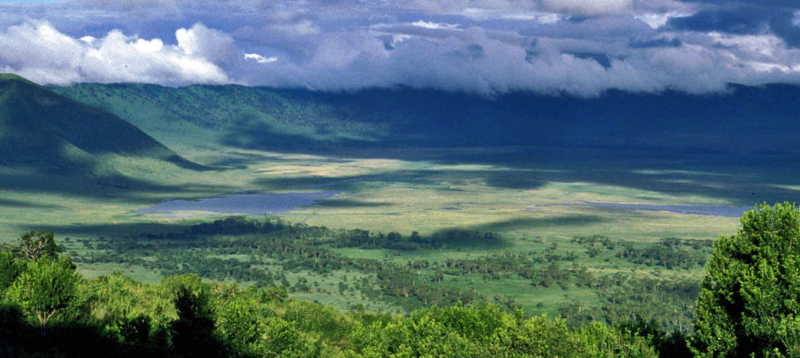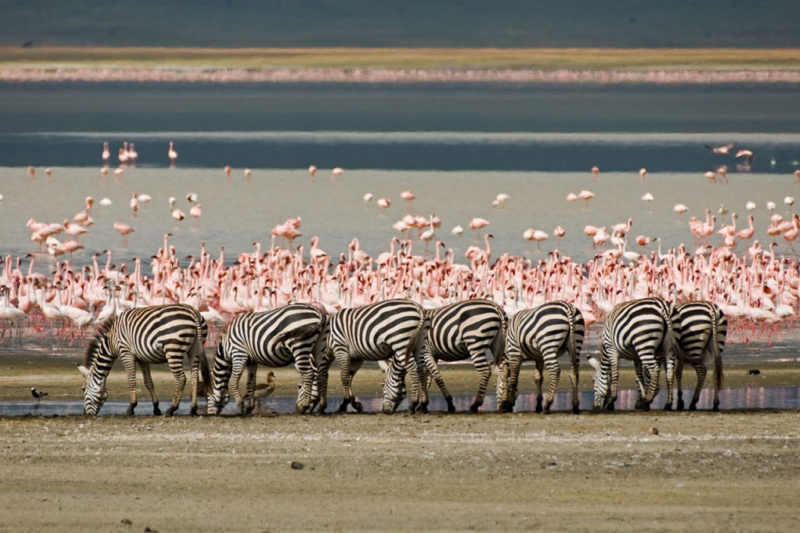
TRAVELING TO S#!THOLE COUNTRIES – EAST AFRICA
By William Atkins
In fact, these East African nations are the heart of this land and the birthplace of modern humans. These countries are more like the womb than the butt of this continent. The heart that beat in the womb of East Africa 170,000 years ago was “Mitochondrial Eve,” mother of all living humans. She was given this name in 1987 when population geneticists realized that all people alive on the planet today can trace their maternal lineage back to her. This is not hyperbole but scientific fact. We are all descended from a black woman in East Africa, get used to it.
I planned my first African trip as a fly-in photo-safari that would allow us to visit all the important cultural and wildlife locations in Kenya and Tanzania in 14 days. The trip began when my wife, father-in-law and I arrived at our Nairobi, Kenya hotel. We were greeted by our safari director, Henry, who filled us in on our itinerary and plans for departure the next day. We would fly to Tarangire, Tanzania and visit Amboseli National Park which sits in the shadow of Mt. Kilimanjaro’s snow packed peak.
 East Africa Itinerary (graphic credit: Micato Safaris)
East Africa Itinerary (graphic credit: Micato Safaris)
It was in Amboseli National Park that we were introduced to the African food chain. On the very first evening drive we came upon a swampy area and noticed zebras thrashing around in the water. We soon realized they were stuck in swamp-mud and unable to free themselves. Henry told us that the zebras were part of a herd that had been recently airdropped into the park and were unfamiliar with the park’s hazards. This quicksand-like swamp was definitely a big one. Soon a hyena appeared, then another and before long, a whole clan of hungry, mangy hyenas were eyeballing the zebras as they struggled in the swamp. Trying to get away from the hyenas some of the zebras went deeper into the muck where they would slowly sink and suffocate. Others were able to extricate themselves onto dry land and flee the hyenas. Night was falling and we headed back to camp. The next day we returned to find the carcasses of three zebras that had been dragged from the swamp. Bloody-mouthed hyenas laid about in the grasses with distended stomachs, completely sated by their evening meal, seemingly with no care in the world. Welcome to Africa, eat or be eaten.
 Young zebra getting out of the mud (photo credit: William J. Atkins)
Young zebra getting out of the mud (photo credit: William J. Atkins)
From Amboseli we flew to the Ngorongoro Conservation Area, less than 50 kilometers from where Louis Leakey’s work in the 1960s proved that modern humans evolved out of East Africa. Our accommodations were Hobbit-like cottages, complete with fireplaces and bear claw bathtubs. The jewel in the Ngorongoro’s crown is a deep, volcanic crater about 20 kilometers across and 600 meters deep, which covers over 8,300 square kilometers. The area contains over 25,000 large animals, including 26 black rhinoceros. There are 7,000 wildebeests, 4,000 zebras, 3,000 elands and 3,000 Grant’s and Thomson’s gazelles. The crater also has the densest known population of lions, numbering 62. Higher up, in the rainforests of the crater rim, are leopards, about 100 large elephants, mountain reedbuck and more than 4,000 buffalos, spotted hyenas, jackals, rare wild dogs, cheetahs and other felines. We awoke the next morning and descended into the crater, driving through a herd of elephants. We stopped to take pictures of zebras drinking while a flock of flamingos waded in the background. Lions, old and young, lay about in the late morning, sunning and digesting their morning meal. We ate lunch next to a pond under a large tree where numerous birds, mostly Black-shouldered Kites, swooped down and snatched any unprotected food. We decided to eat in the trucks.
As we drove out of the crater at sundown, we were treated to a parade of elephants commuting to their sleeping grounds. Elephant calves played with each other while their mothers pushed them along the well-trodden path with their trunks. Everything appeared to be in complete harmony between all the animals, each species minding their own business in this vast enclosure. The temperature plummeted once the sun vanished behind the crater rim. Upon returning to our quaint cottage, we were happy to find a roaring fire and a hot bath already drawn, with rose pedals cast on the floor around the tub.
Africa is its own best spokesman for both nature’s diversity and man’s emergence on our planet. To call any part of this great continent a “sh!#hole” is to ignore the facts and our human history. Shame on you Mr. President!
The trip continues next week with visits to Serengeti National Park and the Maasai Mara savannah and its beautiful people.
 Ngorongoro Crater from the east rim (photo credit: Micato Safaris® 2018)
Ngorongoro Crater from the east rim (photo credit: Micato Safaris® 2018)
 Zebras and Flamingos enjoy a water break (photo credit: William J. Atkins)
Zebras and Flamingos enjoy a water break (photo credit: William J. Atkins)
https://www.youtube.com/embed/R8hS22hychM
Ngorongoro Elephant and Calf (Click Photo) (video by: William J. Atkins)
Living like a Hobbit (photo credit: William J. Atkins)
Is an African adventure on your bucket list? Book with confidence knowing you’re covered. Get an immediate quote with Triptime Insurance.
